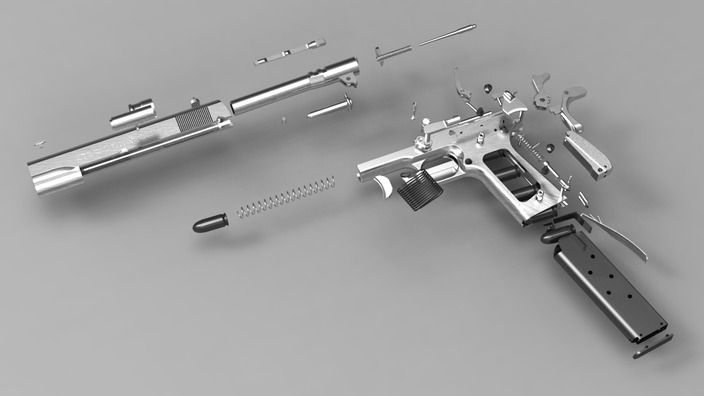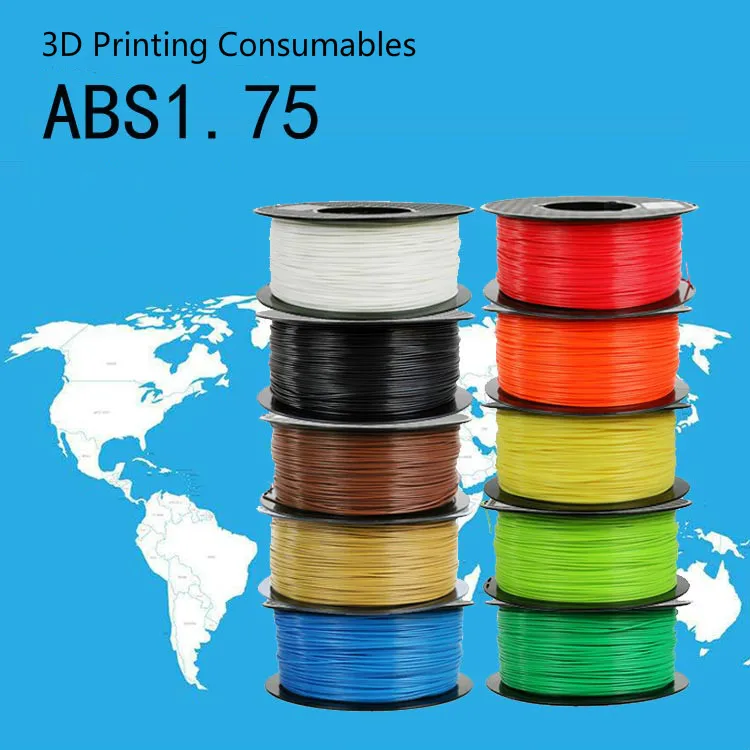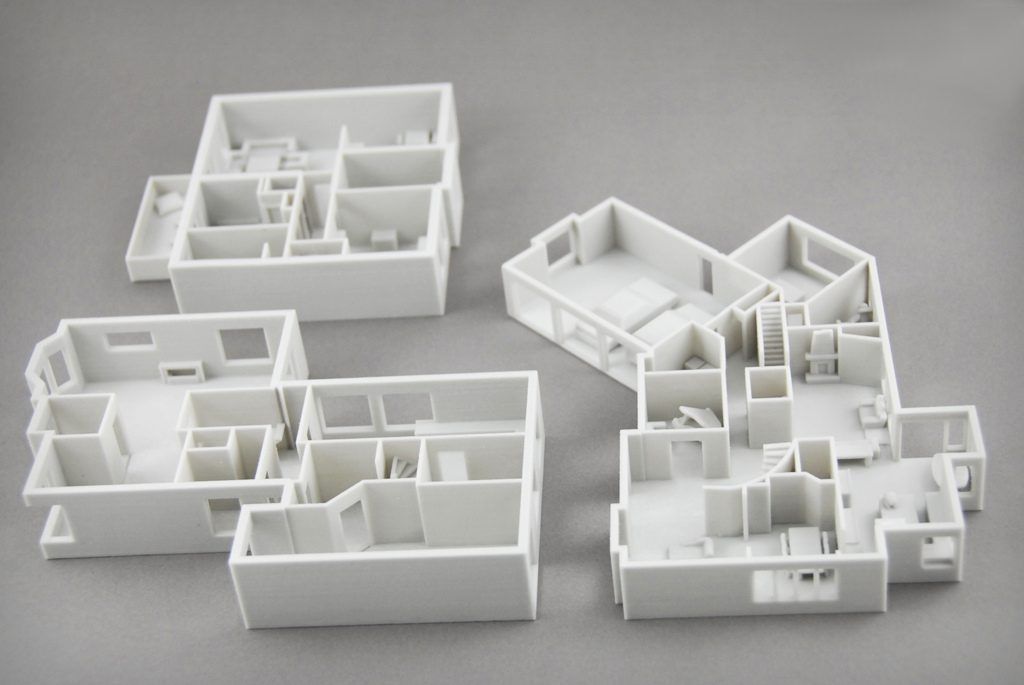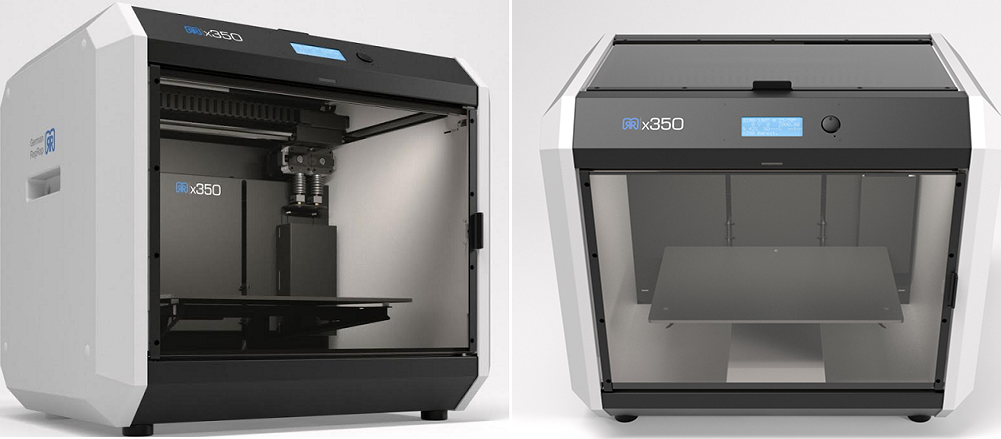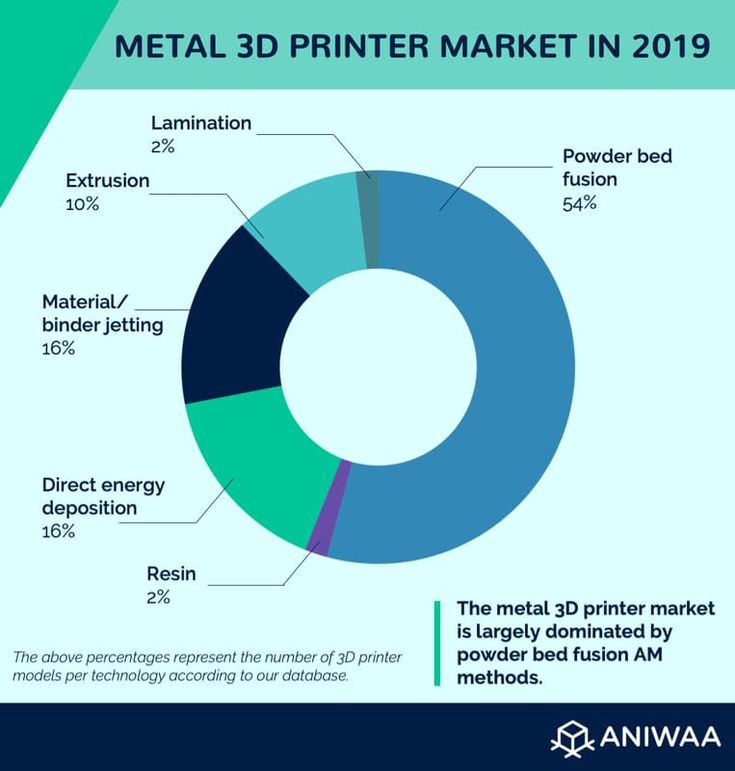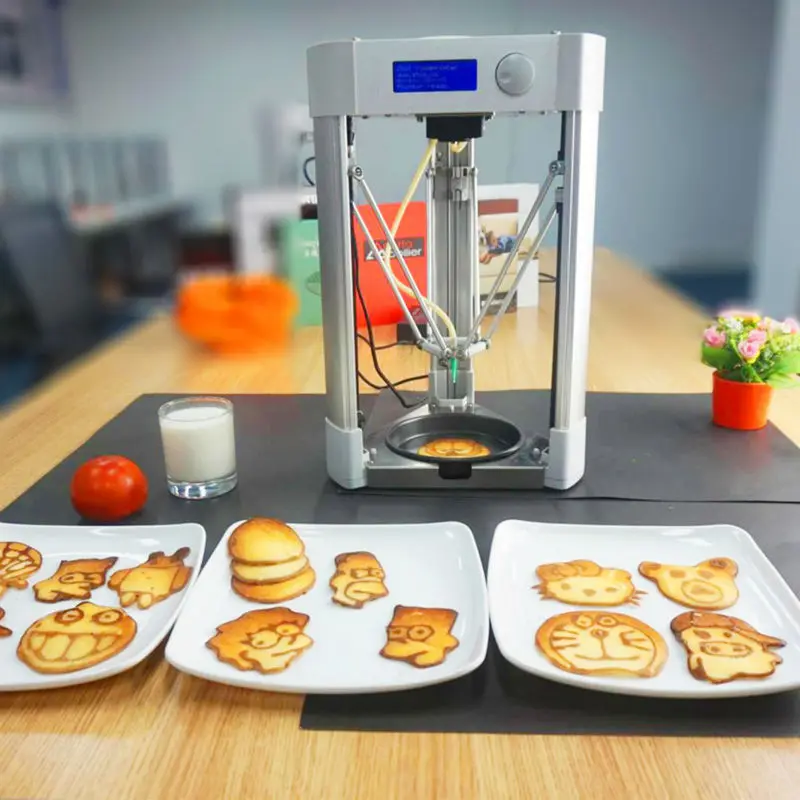3D printer dimension elite
Stratasys Dimension Elite 3D Printer
| Brand | Stratasys |
| Machine type | 3D Printer |
| Technology | FDM (Fused Deposition Modeling) |
| Materials | ABS |
| Website | http://www.stratasys.com/3d-printers/design-series/dimension-elite |
| Average Price | Contact manufacturer |
Dimension’s Finest Resolution 3D Printer
You have a keen eye for detail and appreciate strength. That’s why Stratasys offers the Dimension Elite Performance 3D Printer. It’s made specifically for those who demand ABSplus prototypes with exquisite detail.
In-house 3D modeling with Dimension 3D Printing is a cost-effective way to improve your designs and reduce risk by working iteratively. With the Elite, the proof is in the prototype.
Print 3D models right in your office. Why wait for an outside prototyping service? The Dimension Elite 3D Printer runs quietly and unattended in an office environment. There are no noxious fumes or toxic materials that require special handling or venting. You’ll get your models in hours, not days. And, for the most efficient throughput, you can pack multiple models in the printer’s build envelope.
Production-grade thermoplastic makes tougher models. The Dimension Elite 3D Printer uses ABSplusTM modeling material, a production-grade thermoplastic that is durable enough to perform virtually the same as production parts.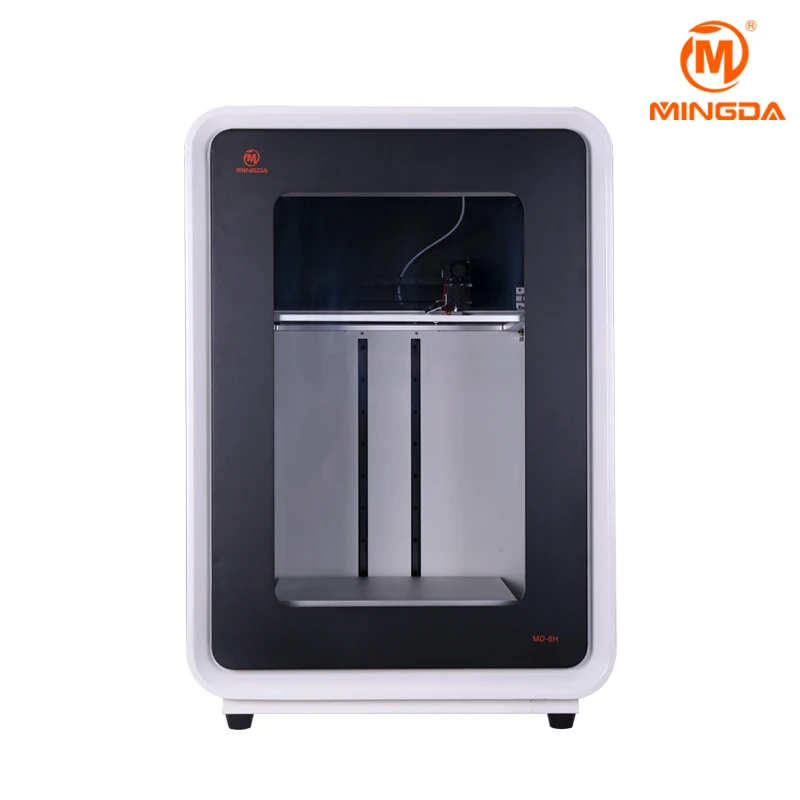 Models printed with Dimension 3D Printers have customer-proven toughness – from commercial sprayers tested at pressures up to 60 psi, to final parts on M1 tanks normally machined in aircraft-grade aluminum.
Models printed with Dimension 3D Printers have customer-proven toughness – from commercial sprayers tested at pressures up to 60 psi, to final parts on M1 tanks normally machined in aircraft-grade aluminum.
At the core of every model: FDM® Technology. Stratasys FDM (Fused Deposition Modeling) Technology is the foundation for all Dimension 3D Printers. Models are printed from the bottom up with precisely deposited layers of modeling and support material. There’s no waiting for models to “cure” — they’re hard right out of the printer. The Dimension Elite 3D Printer uses Soluble Support Technology, which dissolves the supports in a water-based solution. Then, models can be drilled, tapped, sanded and painted.
A tool for today’s fast-track product development. You’ll dramatically improve your product development process with the Dimension Elite 3D Printer. It prints models that help you check form, fit and function, and correct errors, before your product goes into production. Shorten your product development cycle and accelerate time-to-market with the Dimension Elite 3D Printer.
Shorten your product development cycle and accelerate time-to-market with the Dimension Elite 3D Printer.
| |||||||||||||||||||||
Contex 3D improves layout accuracy and efficiency
Jesper Erlandsen
What is a Contex 3D printer and how it works
3D printing in the GIS market
3D printing made easy
Applying Contex solutions with images
3D printer models
Conclusion
Creating a 3D model or prototype has always been a very long and tedious process, accompanied by a lot of inaccuracies. For example, if you need to create a large 3D map with accurate display of terrain elements, plus texture mapping and establishing links with data stored in a GIS system, you will need at least one or two days of hard work. But with the advent of Contex 3D technology, the situation is changing dramatically. nine0003
For example, if you need to create a large 3D map with accurate display of terrain elements, plus texture mapping and establishing links with data stored in a GIS system, you will need at least one or two days of hard work. But with the advent of Contex 3D technology, the situation is changing dramatically. nine0003
What is a Contex 3D printer and how does it work
Computer-aided design-based 3D printing (3DP) enables realistic models to be created in the shortest possible time. The inkjet print head dispenses a water-based liquid adhesive that sticks the powder together to form layers of the future model. The glue, which is fed into each print head in turn, is distributed according to the set program and hardens immediately after application. When one level is completed, the rotating head checks its thickness and proceeds to work on the next. nine0003
The new Contex technology (www.consistent.ru/hard/series_17594.html) allows you to create models of buildings or landscapes with high accuracy, in the shortest possible time and at the lowest cost - for example, for project presentation, presentations, analysis of three-dimensional layouts or reconstruction the ancient appearance of the city.
3D printing in the GIS market
Although the use of 3D printing in GIS (as well as in medicine and architecture) is not commonplace according to the Wohlers Report 2005, the advent of Contex's DESIGNMate CX technology has provided cartographers, surveyors and other professionals with many unique opportunities. Therefore, the GIS market was recognized as the most promising for the introduction of three-dimensional printing. And this is not surprising: DESIGNMate CX allows you to implement a three-dimensional model created by means of almost any software. nine0003
Three-dimensional modeling in the field of geoinformation technologies is the most promising in the field of urban planning applications, construction and dismantling of buildings and structures, assessment of the consequences of environmental impacts. 3D printers make it possible to create plans for any area, plans and models of underground space in the shortest possible time, without any restrictions and with minimal errors.
Contex's DESIGNMate CX geospatial technology is revolutionizing the way you work with customers. Now engineers can easily, quickly, without the use of special materials, create and visually demonstrate three-dimensional models. nine0003
3D printing made easy
The process of creating a 3D model with a 3D printer is extremely simple and comes down to a few steps:
1. Select the level of detail and the area to be modeled, determine the size and scale.
2. Set the model display options.
3. Export the VRML/PLY file from the design software. nine0003
4. Set the color and texture schemes in the Digital Elevation Model (DEM) in the DesignEDIT program that came with the 3D printer using aerial or satellite data from the Annotation, Chloropleth archives.
5. 3D print your model!
Using Contex imaging solutions
Contex solutions allow you to view, modify, archive, reformat, save and print technical documentation, drawings and other materials. Using a scanner and a large format printer together ensures high quality copies. Contex 3D printers will certainly be in demand by advertising agencies, signage and billboard manufacturers. nine0003
Using a scanner and a large format printer together ensures high quality copies. Contex 3D printers will certainly be in demand by advertising agencies, signage and billboard manufacturers. nine0003
Examples of using 3D models in GIS
Specifications
Models of 3D printers
Contex 3D printers differ from similar products from other companies in terms of availability, high resolution, and verified accuracy of model creation. A three-dimensional model is created 5-10 times faster than using other technologies, and none of the alternative solutions provides such a low cost of work. The unique 24-bit color capability enables 3D data to be reproduced without missing even the smallest details. Contex has recently launched two new models on the market. The affordable 600x540 dpi DESIGNmate Cx 3D full color printer delivers fast and realistic 3D creations.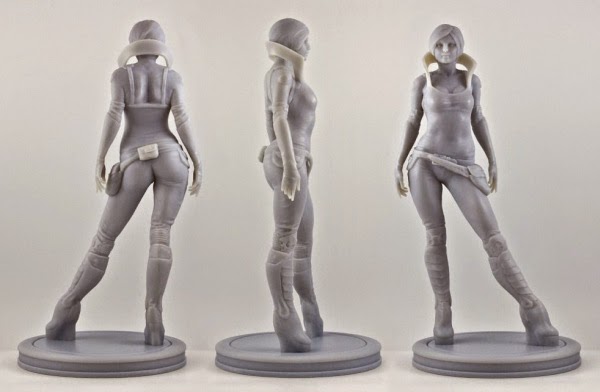 nine0003
nine0003
DESIGNmate Cx 3D
With the highest 300x450 dpi resolution in this price range, the Contex DESIGNmate Mx black and white 3D printer is very easy to use. He quickly, efficiently and at minimal cost will create models directly from the design program. This model will be the optimal system for creating entry-level layouts for offices and educational institutions.
Contex DESIGNmate Mx
Conclusion
In today's rapidly changing environment, many users are looking for effective tools to keep up with the times. According to research conducted by Contex, the demand for high-speed full-color 3D printers will continue to grow. And Contex will always provide you with the latest 3D printer models, allowing you to quickly and easily create high-quality 3D models. nine0003
Original article published in GEOinformatics (January-February 2006). Translation from English by Daria Panfilova.
Translation from English by Daria Panfilova.
| Jesper Erlandsen Marketing Manager at Contex. |
CAD and graphics 7`2006
3D-printed clothes: why have manufacturers not mass-produced them yet? nine0001
ThreeASFOUR showcased their 3D printed clothing collection for the first time at a fashion show at the Jewish Museum in New York. The dresses on the models were patterned and looked ephemeral, like the robes of robotic angels. One was woven from white, angular bubbles, which gave the impression that the girl had just taken a bubble bath.
But the girl who showed this dress to the world could not sit down, otherwise the dress would have broken. “The model wearing the dress was very unhappy,” said Bradley Rothenberg, a 3D architect who collaborates with threeASFOUR founders Gabi Asfor, Angela Donhauser and Adi Gil.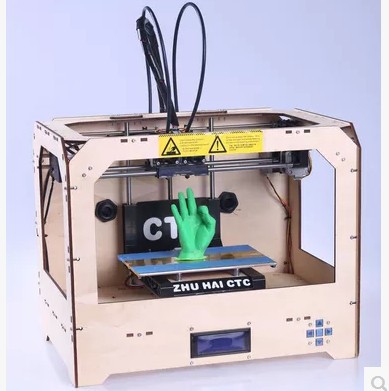 nine0003
nine0003
ThreeASFOUR dress at the fashion show at the Jewish Museum.
It happened in 2013, when threeASFOUR began to realize that in order to achieve the goal, they would have to take a step back. They did not even think that they would create such an impractical piece of clothing. On the contrary, they wanted to create an outfit worthy of a superhero. They dreamed that the fabric they printed would become invulnerable to bullets and fire, retain heat and protect the wearer from stress. They dreamed that people would start buying their clothes as soon as they hit stores. nine0003
But time has passed. With the Silicon Valley elite building personal bunkers, refugees pouring across the border into Canada, and Margaret Atwood back in vogue, threeASFOUR's vision is as close to reality as an apocalyptic dystopia. But if everyone has access to the stocks left on Doomsday, becoming a superhero is still unrealistic.
And the reason is quite simple. Thanks to thousands of years of experience, tailored clothes are more practical and comfortable than those printed by a 3D printer.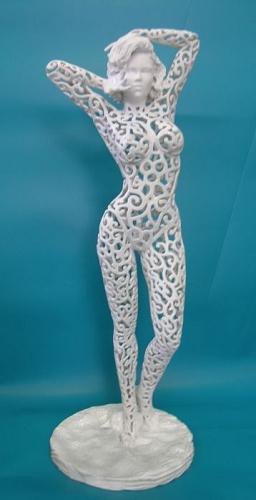 But that doesn't seem to be stopping threeASFOUR and other designers. nine0003
But that doesn't seem to be stopping threeASFOUR and other designers. nine0003
“In the fashion world, you can control the patterns and structure of a dress to get the look you want,” Rothenberg says. “The problem is that right now it’s just a possibility. So I think Gaby Asfor is the most interesting person in the industry. We need people who will push the boundaries, striving to show the new.”
The vision of Gabi Asfor is evident in his work. He became interested in 3D printing in 2009 and has been experimenting with the internal structure of fabrics ever since. nine0003
Traditional fabric has two dimensions: the threads are arranged horizontally, vertically and diagonally in a certain way to create a weave. Asfor, who has a degree in mechanical engineering and architecture from the University of Maryland, worked with Donhauser and Gil to come up with a three-dimensional weave that was planned to be laser-cut. The desire to give fabric a third dimension led them to 3D printing.
“The most innovative recent invention in the industry is the four-way stretch fabric,” says Asfor. “But ordinary fabric can only stretch in the X and Y planes. 3D printing will allow the material to stretch in the Z plane as well.” He believes that such a fabric will be better breathable, less restrict movement, and will not have folds. nine0003
ThreeASFOUR was interested in 3D printing, which led them to collaborate with Materialise, a 3D printed model company, and Rothenberg, who came up with 3D printed wings for the Victoria's Secret fashion show in 2013.
“When we first started, Gabi kept asking, “Can you print fabric? What material will be needed for this?” Rotenberg says. It turned out that this would not be easy.
Pangolin dress from the Biomimicry collection. Source: Backchannel
The main problem is that the materials used for 3D printing are stiffer than regular fabric. ThreeASFOUR experimented with the structures of various materials, trying to add elasticity to them, but any printed model came out very fragile.
But new materials have arrived, and ThreeASFOUR has teamed up with Stratasys and Travis Fitch to design dresses like Pangolin for their new fall 2016 collection, which they call Biomimicry. It took 500 hours to print (not including assembly) Pangolin! The dress, named after a scaly mammal, was reminiscent of dark armor (Björk appeared in it during a tour in Australia last year). To create the "scales", the designers used an algorithm that simulates cell division, thus obtaining an intertwining pattern. nine0003
On the ground floor of the ThreeASFOUR studio, there are employees who work with the most ordinary sewing machines. The dress itself is located on the next floor. Up close, the Pangolin bib, detached from the other parts of the dress, is somewhat reminiscent of a bicycle tire that has been cut to look like fish scales (it even wiggles like a fish tail). Such a deflection was not possible a few years earlier.
Asphor hands me a piece of another dress, a Harmonograph modeled after a sound wave. It was made from a rubber mesh that can expand and contract like a pillow-top mattress. The bottom of the dress shrinks when a person sits down and returns to shape when they stand up. nine0003
It was made from a rubber mesh that can expand and contract like a pillow-top mattress. The bottom of the dress shrinks when a person sits down and returns to shape when they stand up. nine0003
Harmonograph dress by ThreeASFOUR. Source: Instagram
With this flexibility, 3D wearers can now sit comfortably, although comfort is far from ideal. “Matter resembles artificial skin. It is not very pleasant to the touch and, in addition, sticks to the skin, ”says Rotenberg.
The idea of making printed clothes gained popularity at the beginning of the 21st century, but developed rather slowly.
Few people know this better than Aaron Rowley, founder of Electroloom, a 3D printed clothing startup. At first, many well-known brands were interested in his work, but gradually, one by one, they left. “There was an idea that people could print tools at home,” says Rowley, referring to the days when there was a lot of hype around 3D printing. It was believed that clothes could also be printed, since wardrobe items are used every day and need to be updated regularly.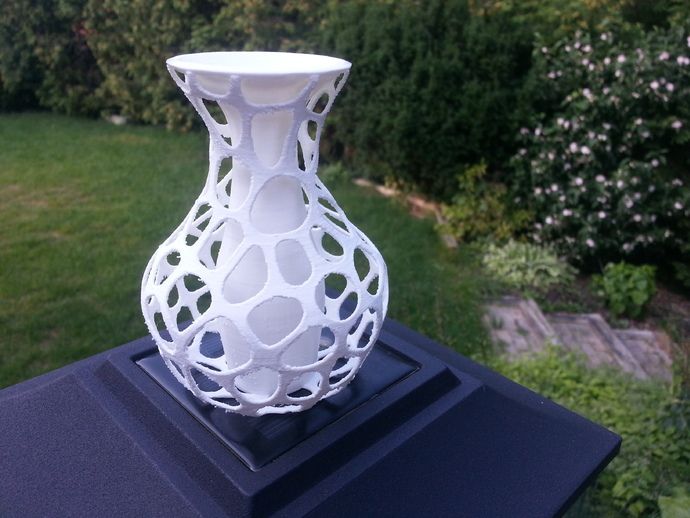 nine0003
nine0003
But progress has not gone far. “The process of creating fabric is fundamentally different [from 3D printing],” says Rowley.
“Textiles are an advanced technology,” says Scott Hudson, a researcher at Carnegie Mellon University who has worked with Disney on soft print materials. Calling the textile industry a technology, he was not exaggerating: some experts believe that the loom is an early version of the computer. In the middle of the 18th century, Joseph Marie Jacquard figured out how to save a fabric pattern on a punched card, which made it possible to set the machine to work and automate the process. nine0003
3D printing technology is not that polished yet. “You have to find a compromise between stiffness and strength,” says Hudson. 3D printers create an object by layering, and this process is very different from how fibers are turned into fabric.
Rowley took fabric raw materials and created blends that resemble existing fabrics. However, the 3D printer has created something that looks like a "chaotic web". It took a long time before they got a soft, stretchy, foldable and lightweight material that at first glance resembled fabric. But even the final version was not suitable: the material was torn as soon as it was pulled harder. nine0003
It took a long time before they got a soft, stretchy, foldable and lightweight material that at first glance resembled fabric. But even the final version was not suitable: the material was torn as soon as it was pulled harder. nine0003
“Fibers that are physically connected, as in the case of 3D printing, remain stationary, while woven fibers move smoothly relative to each other,” Rowley explained. Electroloom shut down last October.
Until the material problem is solved, the printed clothes will look more like a piece of art than a piece of clothing. A year ago, threeASFOUR dresses were featured at the Met Gala-sponsored Costume Institute show. The Manus x Machina show in 2016 also emphasized the role of technology in the fashion world: stars and celebrities dressed in silver at the show, and Zayn Malik appeared in a suit with robotic arms. nine0003
Oscillation Dress by ThreeASFOUR. Source: Instagram
This year, threeASFOUR has introduced another novelty: a white and blue lattice dress, pictured above, it hugs a mannequin in their studio.


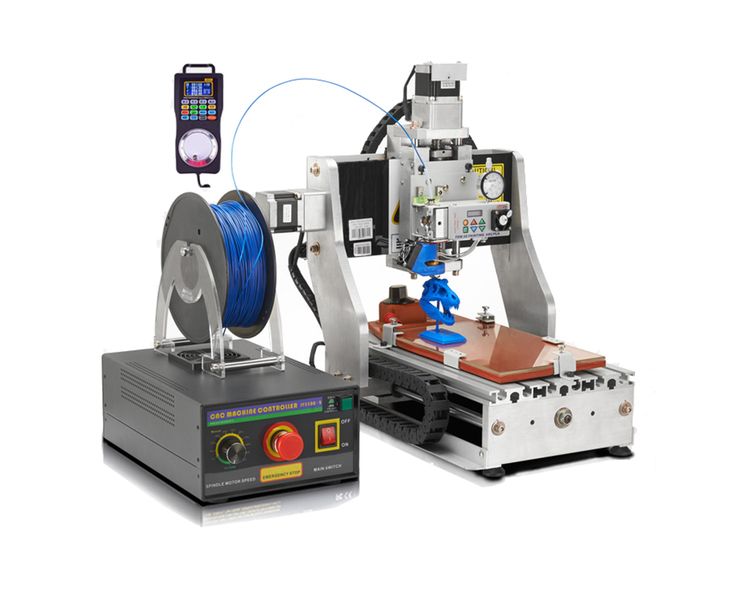 It can create architectural, medical and even engineering models with tremendous precision - all at the touch of a button. It hosts a wide range of applications and industries with its powerful technology, yet boasts an easy-to-operate interface that is intuitively designed.
It can create architectural, medical and even engineering models with tremendous precision - all at the touch of a button. It hosts a wide range of applications and industries with its powerful technology, yet boasts an easy-to-operate interface that is intuitively designed.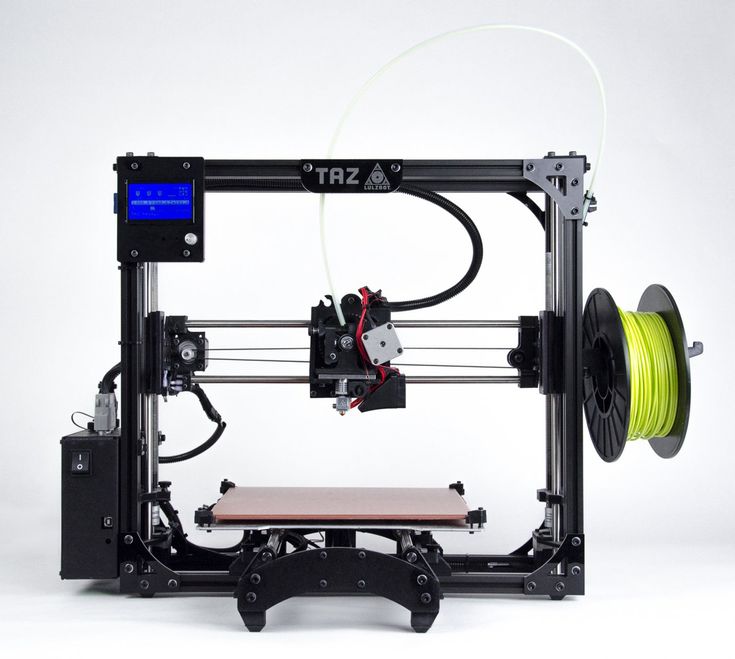 It cleans your 3D designs immediately after printing. The system uses heated detergent to clean eliminate any surrounding support material. The basket holds up to 10" x 10" x 12" (254 x 254 x 305 mm), which allows more than one model to be cleaned at a time.
It cleans your 3D designs immediately after printing. The system uses heated detergent to clean eliminate any surrounding support material. The basket holds up to 10" x 10" x 12" (254 x 254 x 305 mm), which allows more than one model to be cleaned at a time. 
